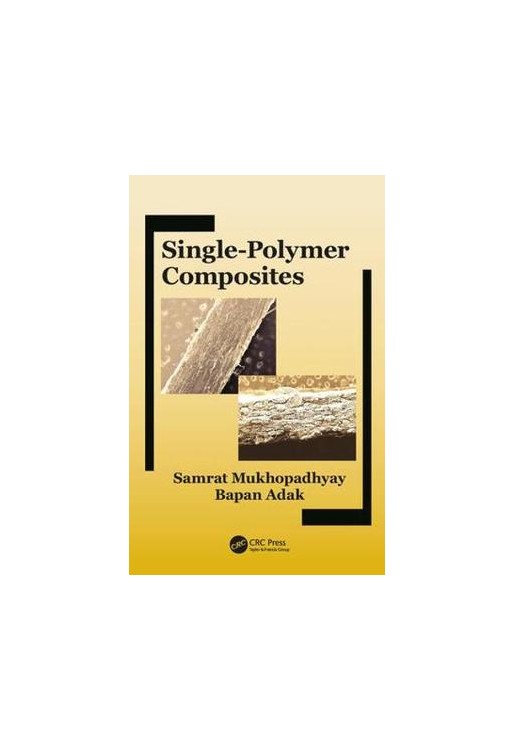This book discusses the concept of single polymer composites (SPCs), their preparation, properties and factors affecting the manufacturing of this class of composites. Addressing the concerns of the researchers, it also answers intriguing questions in the field of SPCs with suitable references.
Chapter 1. Single Polymer Composites - General considerations
1.1 Introduction
1.2 Initial research
1.3 General considerations for single polymer composite
1.4. Concluding remarks
References
Chapter 2: Transcrystallinity in Single polymer composites
2.1 Introduction
2.2. Causes of transcrystallinity
2.3. Effect of fiber introduction temperature
2.4 Effect of process variables
2.5 Effect of change in nature of surface
2.6 Effect of matrix morphology
2.7 Effect of transcrystallinity on composite properties
2.8. Concluding remarks
References
Chapter 3: Single polymer composites from Polyolefines
3.1 Introduction
3.2 Single polymer composites with varying starting material based on PE
3.3 Single polymer composites from polypropylene
3.4. Comparative analyses and concluding remarks
References
Chapter 4: Single polymer composites from polyamides
4.1 Introduction
4.2 Single polymer composites from nylons based on routes of manufacturing
4.3 Comparative analyses and concluding remarks
Reference
Chapter 5: Single polymer composites from Polyesters
5.1 Introduction
5.2 Single polymer composites from different starting materials
5.3 Comparative analyses and conclusions
References
Chapter 6: PLA based single polymer composites
6.1. Introduction
6.2. PLA self reinforced composites based on composite manufacturing
6.4. Application of PLA self reinforced composites
6.5. Comparative analyses and concluding remarks
References
Chapter 7: All-cellulose Composite: Concepts, raw materials, synthesis, phase characterization and structure analysis
7.1. Introduction
7.2. Cellulose: chemistry and overview
7.3. Sources of cellulose
7.4. Pros and cons of cellulosic materials for making biocomposites
7.5. Basic concepts of All-Cellulose composites (ACCs)
7.6. Classification of all-cellulose composites
7.7. Different forms of cellulosic materials to prepare ACCs
7.8. Manufacturing of non-derivatized all-cellulose composites
7.9. Synthesis of ACCs and different processing routes
7.10 Phase-characterization of cellulose in all-cellulose composites
7.11. Microstructural analysis of different ACCs
7.12. Conclusion
Reference
Chapter 8: Properties of non-derivatized all-Cellulose Composites
8.1. Introduction
8.2. Mechanical properties
8.3. Viscoelastic and thermal properties of ACCs
8.4. Optical transparency of ACCs
8.5. Other miscellaneous properties of ACCs
8.6. Biodegradability of ACCs
8.7. Conclusion
Reference
Chapter 9: Derivatized all-cellulose composites
9.1. Introduction
9.2. Derivatizing solvents
9.3. Philosophy of making DACCs
9.4. Different types of DACC
9.5. Benzylated cellulose based DACCs
9.6. Esterified cellulose based DACCs
9.7. Oxypropylated cellulose based DACCs
9.8. Carbamated cellulose based DACCs
9.9. Synthesis and properties of DACC produced by TEMPO-mediated oxidation
9.10. Comparison of mechanical properties: non-derivatized ACC vs DACC
9.11. Synthesis and properties of ACC fibres or nanofibres
9.12. Thermoset DACC
9.13. Conclusion
Reference
Chapter 10: Applications, Current Difficulties and Future Scopes of Single-Polymer Composites
10.1. Introduction
10.2. Probable applications of SPCs
10.3. Current difficulties, major challenges and future scopes of SRCs
10.4. Conclusion
References


